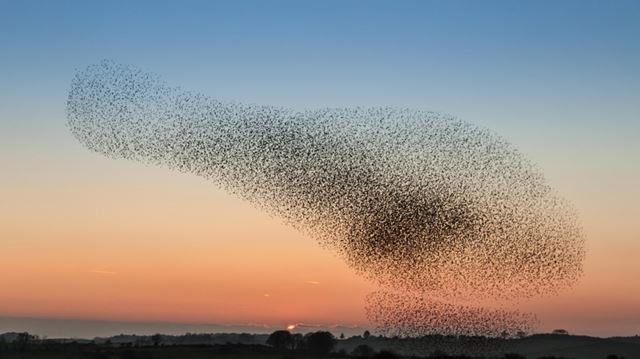
Britain plays host to a variety of winter wildlife spectacles that are just as breathtaking as the sights you might expect to see in spring, summer or autumn – we’ve taken a look at some of the most beautiful
While spring and summer might hold the crown when it comes to the sheer abundance of wildlife to enjoy, there’s a whole host of vibrant wildlife experiences to be found during the UK’s winter too.
Home to an astonishing array of different habitats, from ancient coniferous woodland and mature meadows to managed wetlands and sweeping grass planes, Wakehurst is the ideal location to experience the full spectrum of wildlife spectacles that take place in the UK during winter.
Already a Boundless member? Simply log in to gain full access to all the offers and benefits included in your membership.
Not yet a member? If you're working in or retired from the public sector or civil service, Boundless has two great membership options to choose from: Boundless and Boundless Plus. Enjoy unlimited access or discounted entry to many of the UK’s top attractions, as well as year-round deals on restaurants, holidays, shopping and much more.

Managed by Royal Botanic Gardens, Kew, the gardens at Wakehurst play host to all sorts of flora and fauna even during the coldest months of the year. So, whether you’re on the lookout for stately roe deer, delicate snowdrops or prehistoric-looking pike, you’ll no doubt find it at this haven in the High Weald.
A lone roe deer
Thanks to conservation efforts, numbers of roe deer in Britain are currently at their highest since records began, meaning your chances of seeing one are better than ever. Unlike other species that gather in herds, roe deer live a more solitary life, making any ephemeral encounter with one feel especially magic. Feeding at the edges of fields or in woods like those along the Rock Walk at Wakehurst, expect to spot roe deer around the early morning or early evening when they are most active. At this time of year, the deer will still be in their grey winter coat and bucks will be beginning to grow antlers for the coming rutting season in spring.
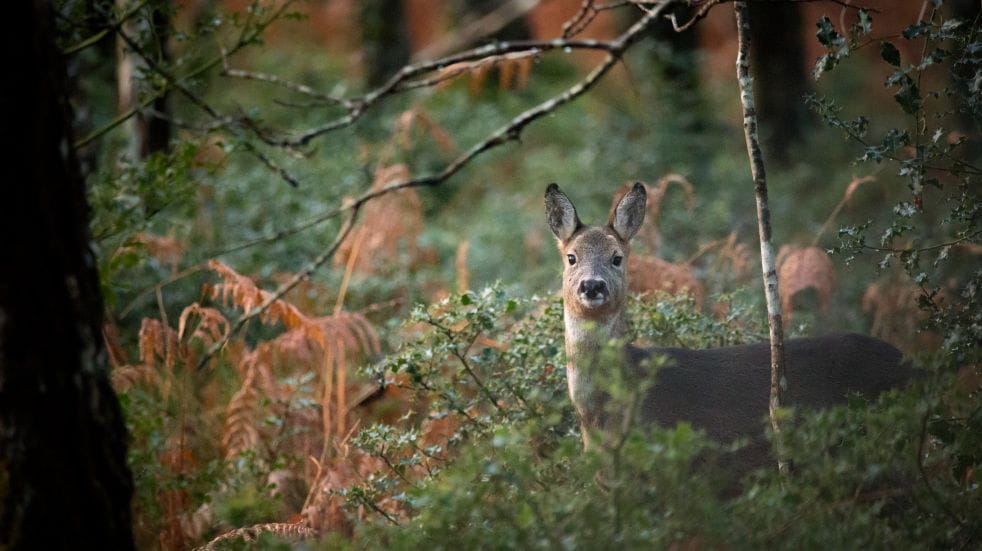
Snowdrop Season

A little more delicate than the dramatic swoop of a murmuration but equally as charming, snowdrop season in the UK takes place from midwinter onwards. One of a handful of winter flowering plants commonly found in the UK, snowdrops are well adapted to colder conditions with stems protected by a kind of sheath enabling them to push through the hard, frosty ground of midwinter. Reproducing through bulb division (as opposed to pollination, since there are few insects around to help with this process) you’ll find snowdrops in clusters throughout woodlands such as Horsebridge Wood at Wakehurst. A sight that’s well worth braving the winter cold for.
Starling murmurations
Sometimes also called ‘sky dances’, no roundup of Britain’s most beautiful wildlife spectacles would be complete without mention of starling murmurations (see main picture). Comprising a congregation of thousands of starlings at dusk, these amorphous swirls of birdlife must be seen to be believed. While there are a variety of scientific explanations for this unusual behaviour (from avoiding predators to communicating different foraging sites), part of their beauty lies in the fact that even expert ornithologists don’t know the precise reason murmurations happen. If you’re lucky, you might see one take place at Bloomers Valley at Wakehurst. Home to a riot of colourful wildflowers in summer, this area is especially tranquil during the winter months, its wide, open spaces providing the perfect location for starling spotting.
Spawning pike
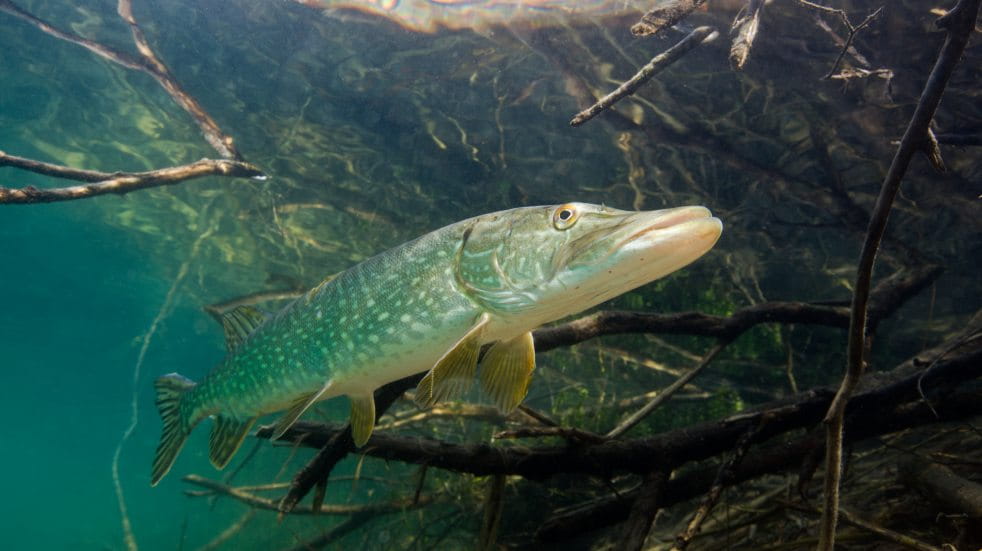
Perhaps the hardest spectacle to spot on this list, seeing pike spawn is all the more rewarding as a result. These primeval-looking fish (the largest freshwater predators found in the UK) spawn throughout February and March in a process where several males will pursue a larger female to fertilise her recently laid eggs. Taking place in shallow lakes such as the one found in the Westwood Valley at Wakehurst, pike spotters should look out for dramatic splashing and thrashing in the water. Or, if you find a spot of clear water, with a bit of patience and by remaining very still you might be lucky enough see a procession of these green, arrow-shaped fish on their way to spawn.
Finding frogspawn
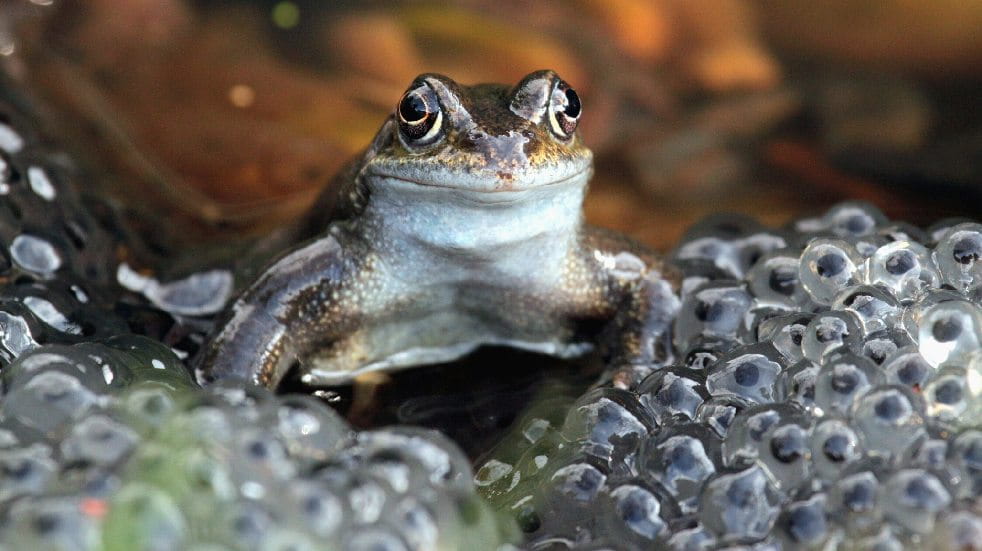
Slightly easier to find than pike, frogspawn is a great way to introduce your little ones to some wildlife in the wintertime. Typically after a warm spell, frogspawn is found when frogs wake from their hibernation period to reproduce. Once awake, they lay their eggs in standing water, like that found in some of the ponds around the Wetlands Boardwalks at Wakehurst. Usually visible in England from February onwards, (sometimes even earlier if it’s a particularly mild winter) frogspawn provides a wonderful insight into the unique lifecycle of the frog and lots of learning opportunities for kids.
Woodlark song
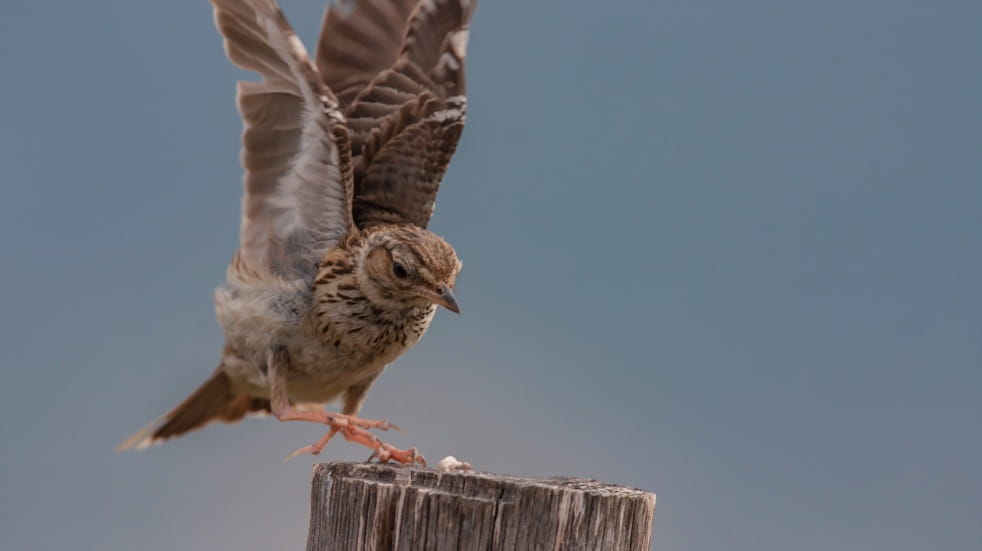
Known for its streaked brown and white plumage and its uplifting song, the Woodlark is most active in the UK from January to March. Typically found wheeling about over marshes and heathlands like the one at Loder Valley Nature Reserve in Wakehurst this small bird’s fluting notes are a sound to behold. Plus, even if you aren’t lucky enough to hear the Woodlark’s song, Loder Valley Nature Reserve’s habitats are home to a variety of other fascinating species, including herons, ospreys, hobbies and little egrets.
More birdlife experiences
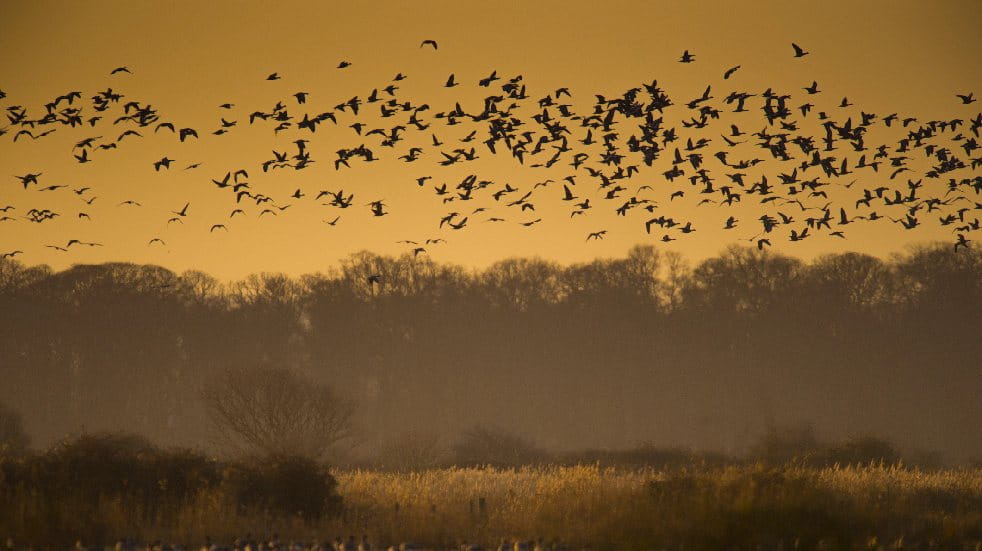
From nesting Berwick swans and stalking herons to migrating marsh harriers and elegant avocets, there’s a whole host of fascinating birds to spot throughout winter, March and beyond. With nature reserves in locations across the UK WWT affords visitors captivating opportunities to get up close and personal with winter birdlife. As a Boundless member you and up to five children can take advantage of unlimited access to all nine WWT centres, plus 50% off for one additional adult guest.
Do more with Boundless
If you're working in or retired from the public sector or civil service, Boundless has two great membership options to choose from: Boundless and Boundless Plus. With Boundless, you get unlimited access or discounted entry to many of the UK’s top attractions, including Kew Gardens and Wakehurst and WWT centres across the UK, as well as year-round deals on restaurants, holidays, shopping and much more. With Boundless Plus, you can enjoy additional benefits including unlimited access to Historic Royal Palaces sites, National Trust for Scotland places, access to The Ramblers' extensive walking community, and peace of mind with roadside assistance and local recovery by Britannia Rescue.



